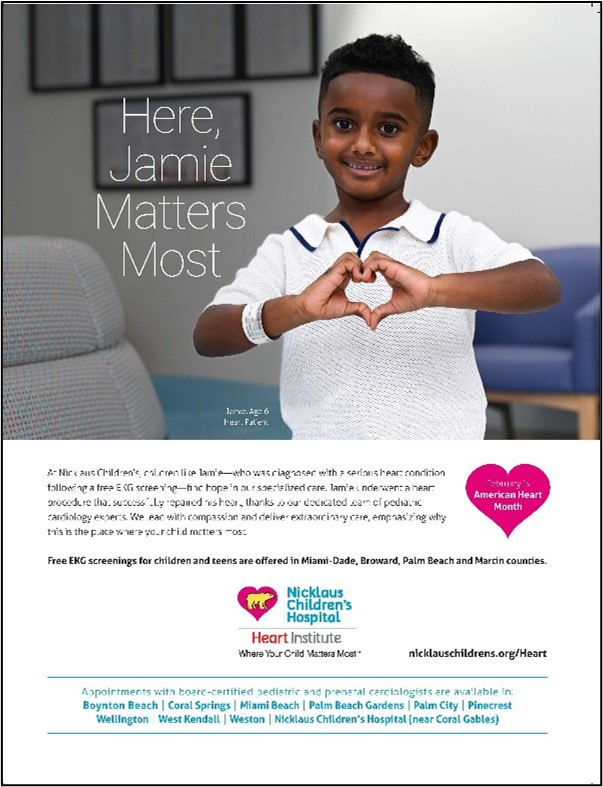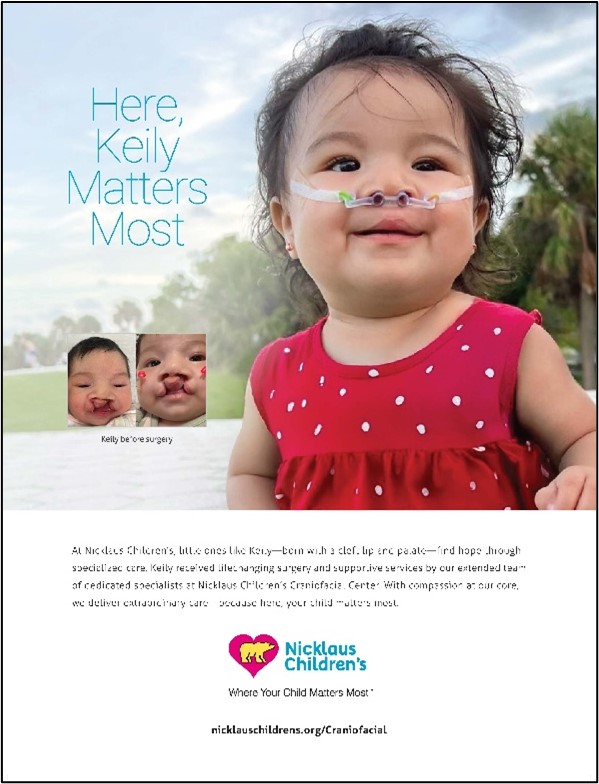MARKETING
Metrics to Meaning: How Marketing Can Unlock the True ROI of Value-Based Care
By Kevin Snyder and Tony Baradat
At this point, there’s no debate: the transformation to value-based care (VBC) is real. Across the country, health systems have been steadily shifting away from fee-for-service models that reward volume, toward new paradigms that reward outcomes, coordination, and prevention. But despite these operational shifts, the public still hasn’t gotten the message.
That’s not just a branding problem. It’s a strategic risk.
Health systems are redesigning how care is delivered—investing in population health, predictive analytics, team-based models, and more effective interventions. Yet, marketing often lags behind, stuck in transactional messaging and outdated language that doesn’t reflect the true nature of today’s care.
As Tony Baradat, President of ab+a Advertising, noted: “Healthcare has built an engine for value but are still advertising the horsepower of the old model.”
Why the Messaging Gap Exists
A 2023 EY report, “Four Value-Based Care Strategies to Drive Success,” identified the issue: healthcare organizations are reengineering operations without reengineering communications. The result is a public-facing message that misaligns with internal transformation.
Deloitte’s own research, "Winning in Value-Based Care," underscores this point. Systems that outperform in VBC consistently ensure their external brand reflects their internal intent. According to Dr. Jennifer Radin, Principal at Deloitte Health, “Failing to update your brand around VBC isn’t just a missed opportunity—it creates friction between what patients experience and what they expect.”
Moreover, continuing to market through a fee-for-service lens—by touting more locations, faster access, or bigger facilities—can do more harm than good. Patients today want more than convenience; they want accountability, personalized outcomes, and a system they can trust.
Clarity Over Complexity
Marketing value-based care isn’t about oversimplifying—it’s about offering clarity.
NEJM Catalyst highlights that the success of VBC depends on localized implementation and human-centered communication. That starts with segmentation. Demographics alone don’t tell the story. Instead, marketers should focus on what matters most to patients: staying healthy enough to care for a grandchild, avoiding another hospitalization, or managing a chronic condition with dignity.
That means replacing terms like “bundled maternity services” with “one team, one bill, one joyful birth.” Or describing “integrated behavioral health” as “your therapist and doctor, working together.” The language should be personal, relatable, and memorable.
Marketing with ROI and Empathy
Historically, marketing has been brought in late during VBC implementation. But the systems that are seeing the most success are engaging their marketing teams early and often. Why? Because value-based care isn’t just about clinical quality. It’s also about business sustainability.
EY’s research emphasizes marketing’s role in building trust with payers, employers, and financial partners. McKinsey’s 2023 report, “Unlocking Growth in Value-Based Health,” goes further, framing marketing as an essential lever for scaling VBC models.
Alyssa Dver, CEO of the American Confidence Institute, explains: “Marketing VBC is about confidence. It’s explaining how this model isn’t just good for the system—it’s better for you. Safer, smarter, and more sustainable.”
Effective VBC marketing must blend both data and emotion. That’s what turns awareness into action.
The Experience Is the Product
Strip away all the acronyms and reimbursement mechanics, and value-based care comes down to one core promise: a better experience.
Humana’s 2023 Value-Based Care Report revealed that patients in VBC arrangements had 6% fewer ER visits and were 10% more engaged in preventive care. (Table 1) But most of that progress is invisible unless marketers bring it to life.
That means showcasing stories, not structures. According to Plain Language Works, 73% of consumers preferred VBC messaging written at a sixth grade reading level, with no jargon or acronyms. The takeaway? Speak plainly. Focus on results. Make the benefits tangible.
 |
| Table 1 |
Case in Point: Nicklaus Children’s Health System
Few health systems illustrate this better than Nicklaus Children’s Health System (NCHS) in Miami. A pediatric specialty system, NCHS has embraced VBC not just in operations, but in communications.
Their flagship campaign, “One Child: Yours,” reframes the value conversation through a single lens: trust. Rather than showcasing services or statistics, the message centers the parent’s perspective. (Figures 1, 2, 3) It’s not about what the system does—it’s about how it feels to have a child cared for by people who treat them like their own.
 |
 |
| Figure 1 | Figure 2 |
 |
| Figure 3 |
his brand promise extends into the MyNicklaus App—a family-centered digital tool integrating telehealth, reminders, secure messaging, and care navigation. (Figure 4) Especially for high-risk and chronic pediatric populations, the app makes engagement intuitive and empowering.
 |
 |
 |
 |
| Figure 4 |
Clinical innovation is also wrapped in relatable terms. At the Center for Precision Medicine, advanced diagnostics and genomics are translated into plain language: “the right treatment, sooner, for your child.”
Strategic partnerships with Broward Health and Florida International University have expanded VBC access, improved equity, and strengthened referral pipelines. Innovation is more than a program at NCHS; it’s a brand pillar. Their DRIVE initiative (Discover, Research, Innovate, Validate, Educate) exemplifies this by connecting clinical excellence to digital leadership and national recognition.
Five Quick Wins for Marketing VBC
Not every system can launch an app or build a research institute. But all can take meaningful steps to modernize how they message value. Here are five to start:
- Update Your Language – Swap out fee-for-service speak with prevention- and outcome-oriented messaging.
- Build a VBC Toolkit – Create videos, FAQs, and handouts that make VBC accessible to patients and partners.
- Tell Patient Stories – Highlight care journeys and personal results, not technical descriptions.
- Train Internal Ambassadors – Help clinical staff and employees understand and share the VBC message.
- Celebrate Small Wins – Promote every improvement—from ER reduction to patient engagement—as evidence that value works.
Conclusion: The Communicators Will Lead
Value-based care is not just a payment model. It’s a promise. And promises must be seen, heard, and believed.
As Kevin Snyder, System VP and Chief Marketing Officer at Nicklaus Children’s, puts it: “Innovation without communication is invisible. Marketing is how we make value real for the people we serve.”
For today’s healthcare marketers, the opportunity is clear. By translating strategy into story, data into meaning, and transformation into trust, they can help patients not only understand value-based care—but choose it.
About the Authors

Kevin Snyder, System VP & Chief Marketing, Communications & Brand Officer, Nicklaus Children’s Health System
Kevin Snyder is a global healthcare marketing and communications executive with deep expertise in brand strategy, crisis management, and consumer engagement. A charismatic leader, he has revitalized brands like St. Jude Children’s Research Hospital and Nicklaus Children’s Health driven record-breaking growth, and guided organizations through crisis. He inspires teams to perform under pressure, forging loyalty and impact through authentic storytelling and strategic vision.

Tony Baradat, President, ab+a Advertising
Tony founded AB&A in 1994 with a mission to build an ROI-focused agency driven by business results. He led its digital pivot in 2007, making it a fully integrated marketing firm serving sectors from healthcare to retail. A multi-award winner and community leader, Tony remains committed to creativity with purpose—scaling success through strategy, and media expertise delivering client impact.


